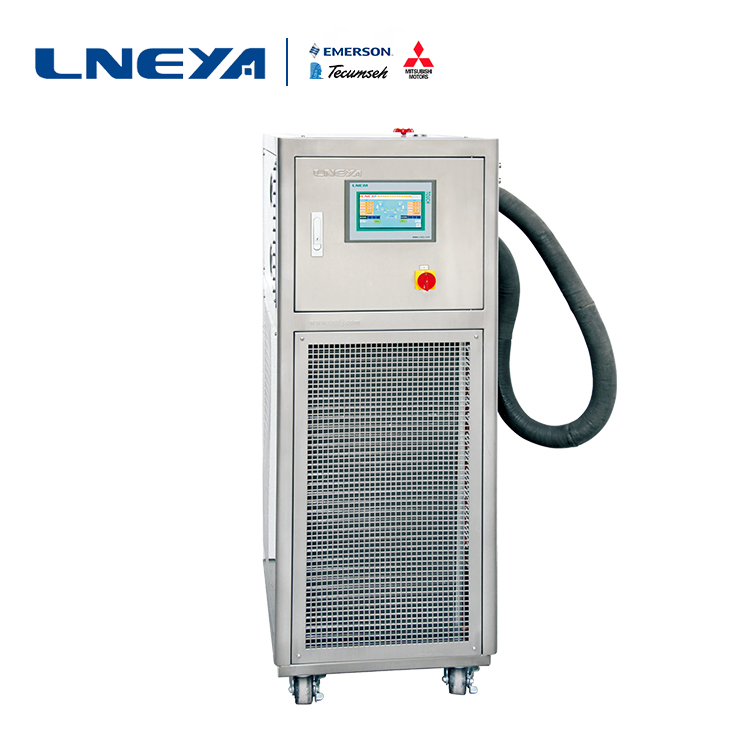Semiconductor refrigeration temperature control system accessories
In the evaporator, since the liquid evaporates in the evaporator of the semiconductor refrigeration temperature control system, the process from liquid to gas, due to the change of the load, some of the refrigerant may not be completely evaporated, but will directly enter the compressor. . Due to the incompressibility of the liquid, it is necessary to pass through the gas-liquid separator before entering the compressor to ensure that all the compressors enter the compressor and ensure that the compressor can operate normally. The semiconductor gas-cooling temperature control system is installed at the inlet end of the compressor, mainly to prevent the low-pressure low-temperature steam returning to the compressor from carrying too many droplets, preventing the liquid refrigerant from entering the compressor cylinder, and the separator has both filtering and returning. Oil, storage and other functions. When using the gas-liquid separator of the semiconductor refrigeration temperature control system, it should be noted that in the commutation system, the gas-liquid separator should be installed between the reversing valve and the compressor, and correctly install the inlet (from the evaporator) outlet (decompression) The suction port of the machine must be installed upwards. The interface of a suitable size gas-liquid separator is not necessarily the same as the suction port of the compressor.

The semiconductor refrigeration temperature control system fan is composed of an AC single-phase, three-phase induction motor and an impeller. The fan is divided into an axial flow fan and a centrifugal fan. The fan includes two series of fixed speed and variable speed. The fan is divided into metal wind blade and plastic fan blade. There are many types of leaf types, such as metal-infused blades. Fan noise includes motor electromagnetic noise, mechanical noise, and blade aerodynamic noise. When the axial fan is working, the blade periodically receives the pulse action of the uneven airflow to generate noise; on the other hand, due to the uneven distribution of the pressure on the blade, the disturbance of the surrounding gas and the component during the rotation also constitutes the rotating noise; As the gas flows through the blade, a turbulent boundary layer is generated, and the vortex is detached, causing pulsation of the pressure distribution on the blade to generate eddy current noise. Rotating noise and eddy current noise synthesize the aerodynamic noise of the fan, so controlling the blade aerodynamic noise is fundamental to reducing fan noise.
If the semiconductor refrigeration temperature control system wants to improve the operating efficiency, the performance of its accessories needs to be raised at the same time. Therefore, if you want to use the accessories, you should know your brand and performance.
 LNEYA Industrial Chillers Manufacturer Supplier -
LNEYA Industrial Chillers Manufacturer Supplier -












